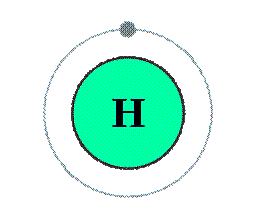Hydrogen gas was first artificially produced in the early 16th century, via the mixing of metals with strong acids. In 1766–81, Henry Cavendish was the first to recognize that hydrogen gas was a discrete substance, and that it produces water when burned, a property which later gave it its name: in Greek, hydrogen means "water-former."
Industrial production is mainly from the steam reforming of natural gas, and less often from more energy-intensive hydrogen production methods like the electrolysis of water. Most hydrogen is employed near its production site, with the two largest uses being fossil fuel processing (e.g., hydrocracking) and ammonia production, mostly for the fertilizer market. Further development of highly efficient hydrogen production and next a generation proton exchange membrane (PEM) electrolyser technology, suitable for highly efficient hydrogen production from renewable energy sources, is stressed by the NEXPEL Consortium.
|
|
Hydrogen is a concern in metallurgy as it can embrittle many metals, complicating the design of pipelines and storage tanks. Hydrogen is not an energy resource, except in the hypothetical context of commercial nuclear fusion power plants using deuterium or tritium, a technology presently far from development.
The Sun's energy comes from nuclear fusion of hydrogen, but this process is difficult to achieve controllably on Earth. Elemental hydrogen from solar, biological, or electrical sources require more energy to make it than is obtained by burning it, so in these cases hydrogen functions as an energy carrier, like a battery.
Hydrogen may be obtained from fossil sources (such as methane), but these sources are unsustainable. |
|
The energy density per unit volume of both liquid hydrogen and compressed hydrogen gas at any practicable pressure is significantly less than that of traditional fuel sources, although the energy density per unit fuel mass is higher.
Nevertheless, elemental hydrogen has been widely discussed in the context of energy, as a possible future carrier of energy on an economy-wide scale. For example, CO2 sequestration followed by carbon capture and storage could be conducted at the point of H2 production from fossil fuels.
Hydrogen used in transportation would burn relatively cleanly, with some NOx emissions, but without carbon emissions. However, the infrastructure costs associated with full conversion to a hydrogen economy would be substantial.
|

